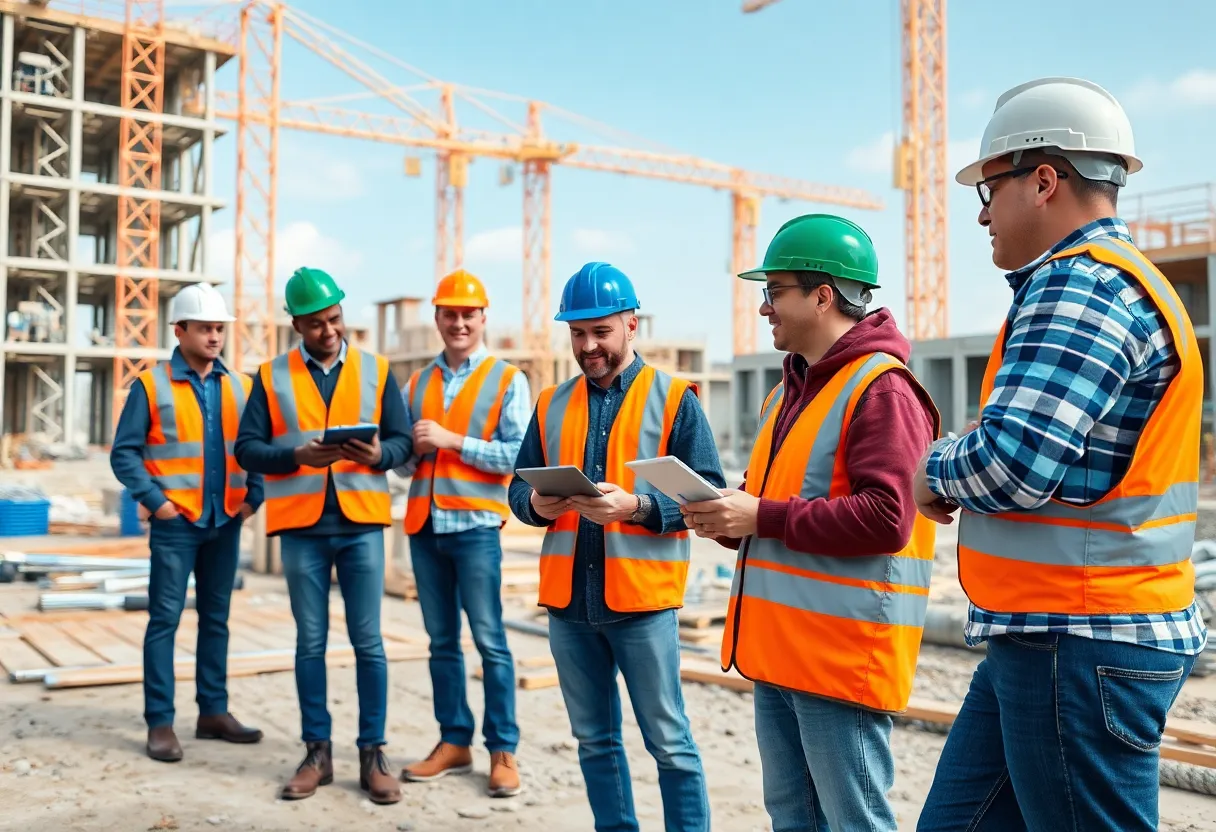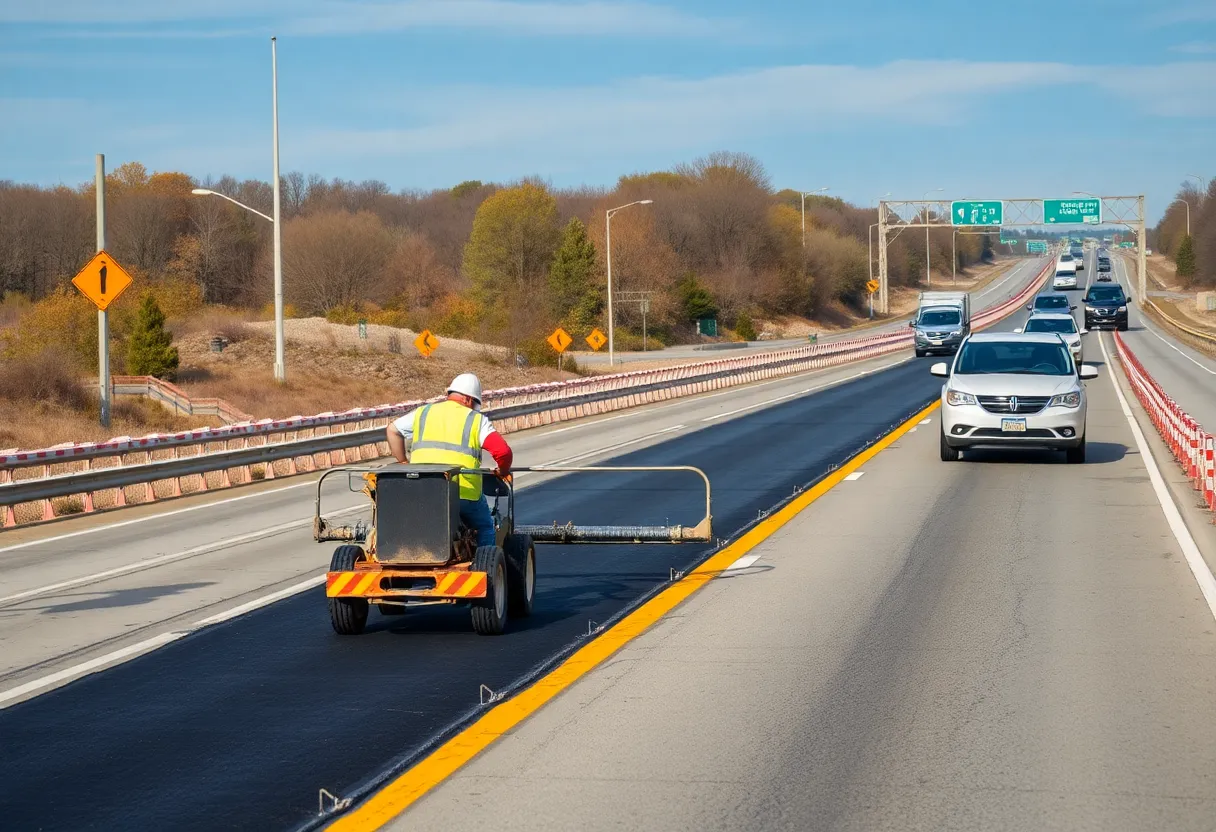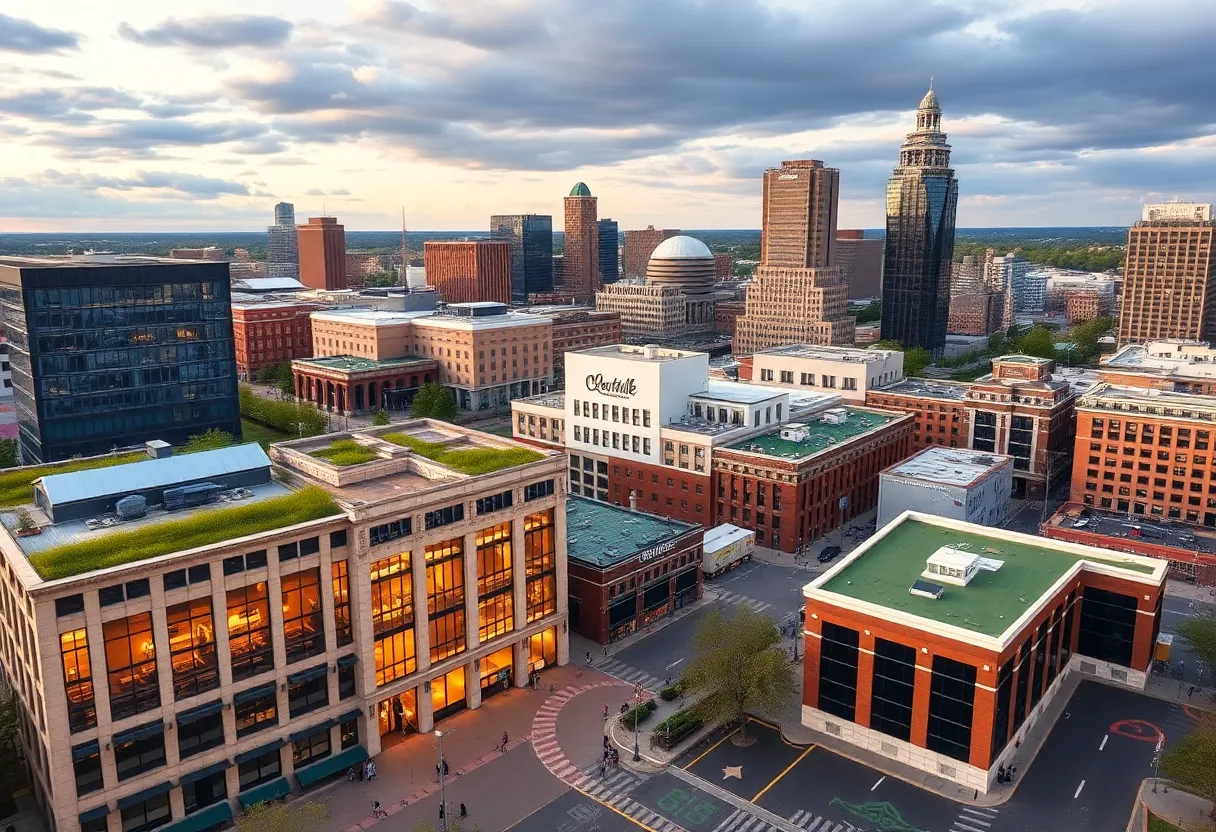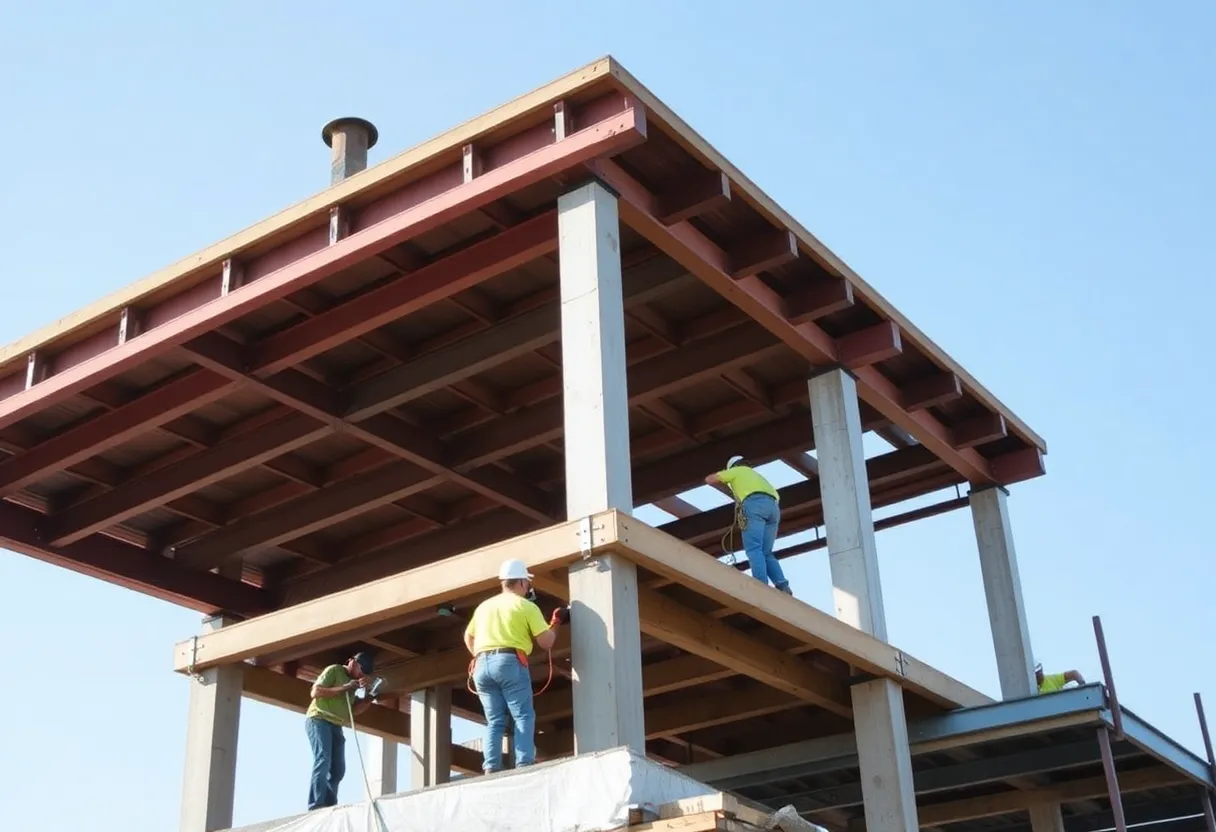News Summary
The construction industry is projected to witness significant growth of $4.2 trillion over the next 15 years, driven by economic recovery and infrastructure demands. Challenges such as a critical labor shortage, driven by the retirement of experienced workers, are pushing firms to adopt technology like artificial intelligence. With AI integrated into construction processes, efficiency improves and labor shortages can be addressed, setting the stage for a transformative era in construction management and collaboration.
The construction industry is set to experience a substantial $4.2 trillion growth over the next 15 years.
As the economy recovers and infrastructure needs expand, the construction sector is bracing itself for a significant uptick in demand and investments. However, this promising growth comes with challenges, particularly a growing skills gap exacerbated by the looming retirement of experienced workers. In fact, job vacancies in the construction field have surged by 41% year-over-year, signaling an urgent need for skilled labor.
Addressing Labor Shortages with Technology
With many veteran workers approaching retirement, the industry faces a critical shortage of experienced hands. To combat these challenges, artificial intelligence (AI) technology is increasingly being recognized as a viable solution. AI is being seamlessly integrated into Contech applications, optimizing processes related to project design, construction, and overall management. This technological application functions as an industry “spell check” and “auto-correct,” minimizing errors while improving efficiency.
Streamlining Processes and Accessing Information
A recent study revealed that construction workers dedicate up to 18% of their work time searching for information due to data silos that complicate communication and workflow. In this environment, 43% of surveyed workers expressed that better access to information would significantly enhance their decision-making abilities. AI acts as a bridge, connecting disparate data sources and delivering actionable insights that improve resource allocation and risk management, thereby transforming project operations.
AI’s Role Throughout the Project Lifecycle
The integration of AI extends across the entire lifecycle of construction projects, affecting various phases from preconstruction to post-completion. During preconstruction, AI contributes to feasibility studies, material choices, procurement strategies, and accuracy in cost estimations. The automation of quantity takeoffs accelerates the estimation process, allowing teams to make quicker and more informed choices.
In the construction phase, AI streamlines design activities by enabling automated blueprint analysis and generating images for estimating costs. Additionally, project managers benefit from real-time tracking of progress and predictive analytics that help in identifying potential risks before they escalate.
Following project completion, AI plays a critical role in maintenance by providing predictive analytics that foresee equipment failures and monitor energy consumption, leading to long-term cost savings and sustainability.
Transitioning to Intelligent Platforms
The construction industry is gradually shifting from isolated tools to fully integrated systems aimed at improving productivity and collaboration. The growing pressure from rising costs and the need to address labor shortages are driving this technological evolution. With the potential to reduce project costs by up to 15% using predictive analytics, AI adoption is becoming increasingly essential. Companies are dismantling data silos to promote cross-team cooperation and foster a more comprehensive approach to AI implementation.
Enhanced Accessibility and Safety
Increasing availability of AI tools is empowering construction firms of all sizes to adopt these technologies. This accessibility not only enhances productivity but also significantly improves workplace safety by predicting potential risks and monitoring performance of equipment. Furthermore, AI’s capabilities extend to optimizing planning and design processes, allowing companies to evaluate different scenarios with precision.
Collaboration and Continuous Learning
To adequately bridge the skills gap, collaboration between generations in the workforce is crucial. Younger workers, who tend to adapt more quickly to new technologies, can play a pivotal role in this transition. Thus, investing in a culture of learning and continuous upskilling becomes vital. As the construction industry mirrors technological trends seen in other sectors, the importance of embracing new technology and providing proper education in construction technology is apparent to attract the upcoming generation of workers.
The Future of Construction
Innovative advancements in technology are reshaping the construction landscape, leading to improved efficiency, enhanced safety, and greater environmental sustainability. As the industry navigates this transformative era, the ability to successfully integrate AI and foster a culture of learning stands as key components in paving the path toward an innovative and resilient future.
Deeper Dive: News & Info About This Topic
Additional Resources
- For Construction Pros: How AI is Reshaping Construction
- Wikipedia: Construction Industry
- Construction Dive: Construction Skills Gap
- Google Search: Construction Technology
- CIO: Goals for Building AI Skills
- Google Scholar: Artificial Intelligence in Construction
- Automation World: AI Closing the Skills Gap
- Encyclopedia Britannica: Artificial Intelligence
- Forbes: AI-Driven Construction for Gen Z
- Google News: Construction Industry Skills Gap
Author: Construction FL News
The FLORIDA STAFF WRITER represents the experienced team at constructionflnews.com, your go-to source for actionable local news and information in Florida and beyond. Specializing in "news you can use," we cover essential topics like product reviews for personal and business needs, local business directories, politics, real estate trends, neighborhood insights, and state news affecting the area—with deep expertise drawn from years of dedicated reporting and strong community input, including local press releases and business updates. We deliver top reporting on high-value events such as the Florida Build Expo, major infrastructure projects, and advancements in construction technology showcases. Our coverage extends to key organizations like the Associated Builders and Contractors of Florida and the Florida Home Builders Association, plus leading businesses in construction and legal services that power the local economy such as CMiC Global and Shutts & Bowen LLP. As part of the broader network, including constructioncanews.com, constructionnynews.com, and constructiontxnews.com, we provide comprehensive, credible insights into the dynamic construction landscape across multiple states.





